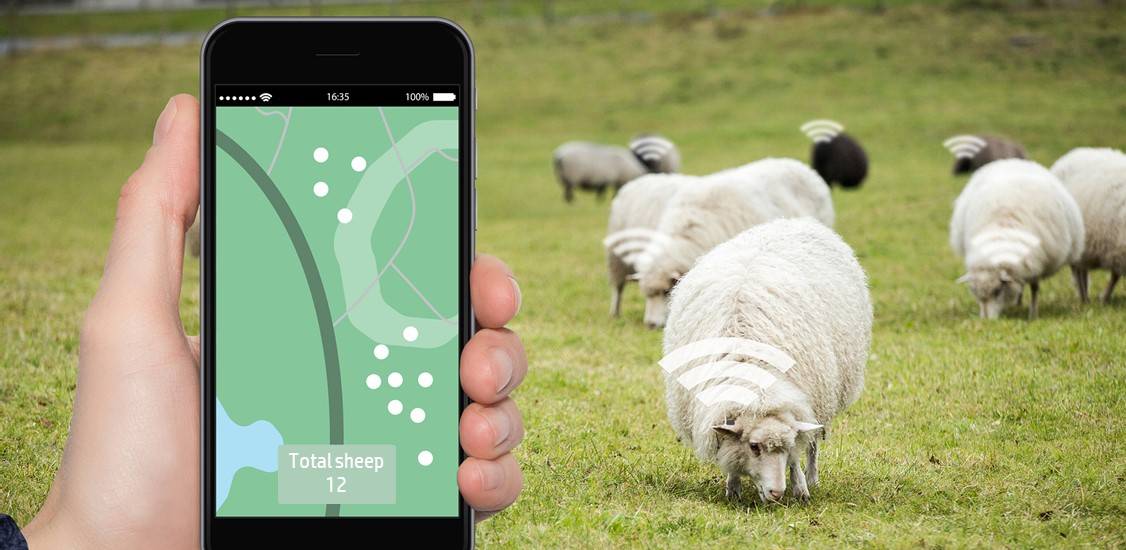The real-time location services (RTLS) market saw tremendous strides in 2018, as organizations looked to derive real business value from the location of people and things. Applications employing RTLS ranged from airport logistics to smart workspaces and beyond. As we look ahead to 2019, the market for RTLS services and solutions will continue to expand as service providers, enterprises, device manufacturers and platform providers begin to come to a meeting of the minds regarding the requirements for scaling the industry on a global level.
Three major trends will propel the market in 2019:
#1: Open systems will proliferate
Location can be a tricky beast, and myriad factors come into play with every individual deployment. Different technologies solve different problems; there is no one-size-fits-all RTLS solution. This market demands open solutions that can work in concert to solve the location conundrum, bringing multiple technologies together to deliver reliable, cost-effective location capabilities. The problem is, most RTLS solutions are single-mode, proprietary solutions with an “either-or” mentality. They’re indoor or outdoor, but not both. They provide support for tags and smartphones, but not both. Ultrawideband or Bluetooth Low Energy, but not both. In 2019, customers who have gotten a taste of the benefits real-time location can bring to their business will demand the best of all worlds in a single solution brought together by multiple partners with the complexity hidden from the customer. As part of this, we’ll also see three emerging sub-trends:
The emergence of multi-mode tags and sensors (for example, Bluetooth Low Energy (BLE) plus LoRa plus GPS) that enables seamless handovers between indoor and outdoor, such as in logistics cases. A good example might be an airport, where location capabilities are required both indoors (the terminal) and outdoors (the tarmac, gate areas, etc.)
Mixed RTLS use cases with asset tags and smartphones, such as enabling the “paperless factory” or “online work orders” at airline hangars where both humans and things will benefit from location services.
Innovative use cases combining movement detection (such as Passive Infrared) and asset or people (BLE) tags.
#2: Significant advances in location precision

Fabio Belloni,
Co-Founder and Chief Customer Officer,
Quuppa
How precise is precise enough when it comes to location services? That is actually determined by the application itself and the complexity of the environment in which it will be deployed. While some applications only require precision within three to five meters (such as tracking a container in a shipyard), others, like tracking the movements of athletes for drawing accurate workout statistics, may require centimeter-level precision location. That level of precision is, of course, much harder to achieve in heavy metallic environments with multi-floor walkable levels than it is in other less-complex scenarios. In 2019, we’ll see a wealth of new applications emerging that are able to utilize technological advances in location precision and innovation in middleware and applications, across a range of industries, that bring strong business value to organizations.
#3: RTLS deployments will scale significantly
To date, organizations have been testing systems on a smaller scale - in one branch office location, for example - to determine how to make a business case for a larger-scale deployment. In 2019, organizations will move beyond these smaller trials to scale RTLS across their businesses. A wide range of vertical markets will see tremendous growth in RTLS deployments, including industrial IoT, manufacturing, transportation, security, smart buildings, and other industries.
Three industry developments are key to spurring this growth:
Low-cost tags and sensors are becoming available from a growing group of vendors.
Devices will grow in sophistication in terms of sensing and connectivity capabilities without impacting battery life.
Open ecosystems will allow organizations to build more flexible business models (no hardware or software lock-ins).
Large-scale deployments will utilize multiple tag devices with different physical and sensing characteristics for different tracking and monitoring purposes, and over time, we’ll see multiple use cases utilizing the same infrastructure deployment.
Openness and interoperability, including a robust ecosystem of tags, sensors, and software applications; no-hardware or software lock-in; and support for both smartphones and tags, will be key to the continued success of the global location services market. In 2019, each of these enablers will come together, delivering real results and real deployments at scale while ensuring a wide adoption by consumers and enterprises.






















